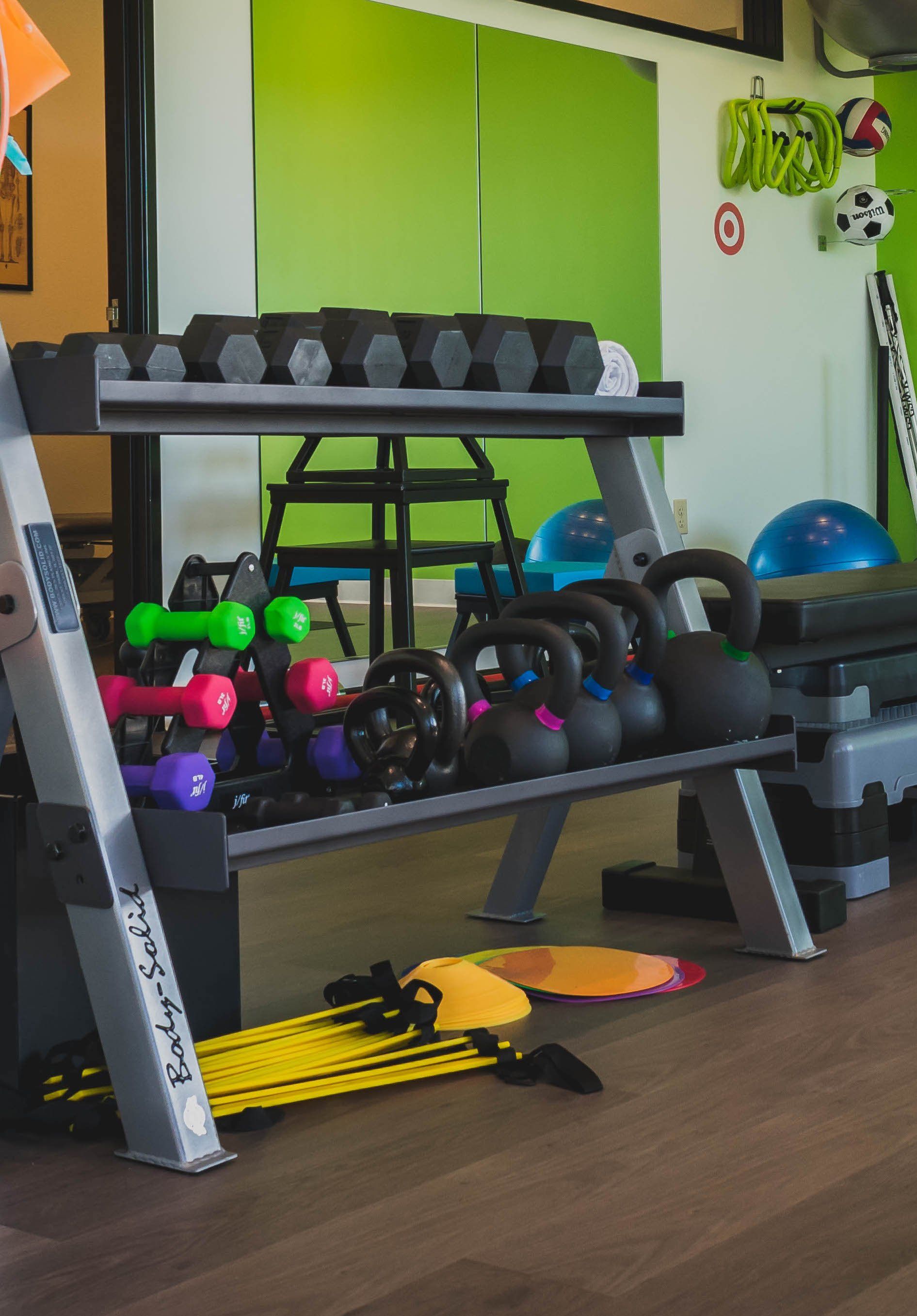Why Physical Therapy?
One-on-one treatments
Hands-on care
Same & next day appointments
What Is Physical Therapy?
Physical therapy helps restore normal function after injury or surgery, and teaches strategies for injury prevention. We want you to get back to the activities you enjoy! At Therapydia, you are the focus. You will work one-on-one with a physical therapist who will listen to your concerns, conduct a thorough examination, and develop a plan specific to your needs and goals.
Physical Therapists have three years of graduate education, and since 2015, receive Doctorate Degrees. PTs are uniquely qualified to treat musculoskeletal (MSK) issues, and since 2019, you can see a PT with or without a referral from an MD in all 50 states. So recognition and awareness of the important role of Physical Therapists in the U.S. healthcare system is on the rise.

Manual therapy is a physical therapy technique utilizing hands-on movements to diagnose and treat soft tissues and joint structures. A physical therapist physically kneads and manipulates your joints, muscles, and tissues in order to diagnose biomechanical injuries, reduce pain, and promote proper healing. Being skilled in these muscular techniques is what sets physical therapists apart from other health care practitioners. Since there are many different types of manual therapy techniques, a physical therapist will be able to determine which technique best fits your needs.